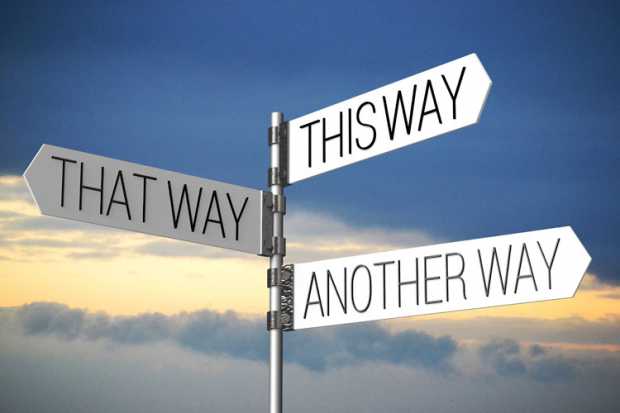Conferences are a day of school, not a day off school!

In some schools, conferences – whatever the configuration – are not seen as a “school day”. In other words, they are regarded as a “day off school” for the students, often by parents or school boards. As a result, school leadership teams may be forced into further devaluing them by squishing them into short a space of time so they don’t cause too much “disruption” to the learning. Teachers may then further devalue them by not having a plan, or not helping students prepare for them.
What a missed opportunity.
I see no place in a modern education for parent-teacher conferences, but a really well-prepared student/parent/teacher conference could actually be the most important learning experience a student has all year. Pressing pause, taking the time to reflect about what and how they are learning, having the opportunity to curate evidence and then the time and space to discuss it with their parents and their teachers is potentially profound.
Really good conferences are, in fact, the opportunities to do many of the things schools say they do. To breathe life into the buzz-words. The opportunities to develop “assessment capability”. The opportunities to nurture “agency”. The opportunities to “evidence learning”. The opportunities to foster a culture of meaningful “reflection”. The opportunities to increase genuine “parent participation”. The opportunities to make strides towards really becoming a “learning community”. This list could go on.
Sadly, though, it seems many schools are caught in a Catch-22 situation: conferences are undervalued and are, therefore, not set up to be as powerful as they should be. But, conferences are not set up to be as powerful as they should be and are, therefore, undervalued.
I keep saying “prepared” and “set up”, but what does this look like? Briefly, I believe it looks like this:
- Enough time is given for each conference. In my experience, 15 minutes is the bare minimum.
- Schools have formats for conferences that teachers must plan for and implement.
- Schools have high expectations for the quality of conferences.
- The priority must be that students lead the conversation. Naturally, it can take a few years to get them to that point, so there’s some gradual releasing of responsibility involved. But, by the time a student is in upper primary, they should be leading the conversation (and, I have seen 4-year-olds do this too).
- The emphasis must be on dialogue, not a teacher saying stuff while student and parent(s) listen.
- Priority must be given to looking at student work as a central part of conferences.
- Students must know, understand and be empowered by the format.
- Students must be given the time and the tools to be prepared.
If anything, these opportunities should be more frequent, not less.
My advice to anyone working in a school in which conferences are undervalued, is to raise the bar… and do it comprehensively. By helping parents and students have powerful conference experiences, it is inevitable that they will begin to value them and to understand their roles in making them powerful. Once this trend starts, conferences will become an important part of the school’s culture and the question about whether or not they are a day of school or a day off school will start to go away.
P.S. If your school only has parent-teacher conferences on the calendar, kick up a stink!









